Dismayed by the apparent dysfunctionality of Congress, many scholars and reformers have proposed strengthening its institutional capacity. Think of it as a supply-side approach to revitalizing the first branch of government: “If we build it, they will use it.” But what if there is no market among its members for an assertive and functional Congress—a “Madisonian Congress?”
That is the central question addressed by Yuval Levin, one of the brightest conservative thinkers writing today. His recent article in Commentary, “Congress is Weak Because Its Members Want It to be Weak,” assesses the perilous condition of American constitutional democracy from the vantage point of institutional ambition. Ambition was the incentive the Framers believed would ensure enough tension between branches to keep the constitutional system in balance. But the ambition of today’s members, Levin argues, is realized not by the mundane work of legislating or governing but “rather engaging in a kind of performative outrage for a partisan audience.” This perspective “suggests that the two trends that have most worried conservatives about the system—the trends toward excessive executive power and excessive judicial activism—are both rooted in congressional dereliction.”
Levin’s essay is lively and thoughtful, and it deserves a wide reading. Much of what he writes rings true with us. The lack of institutional patriotism has been evident for decades. The same is true of the amount and quality of genuine deliberation. The budget process is in tatters. Committee work is often marginalized. Evidence-based research is routinely pushed aside. Honest debate between opposing views has given way to canned speeches. Oversight is inadequate and misdirected. Blame avoidance leads to deferral to the executive, on domestic and especially foreign policy, and to a willingness to punt tough decisions to the courts.
We also agree with Levin that the contemporary party system is at the root of problems with Congress, but often in ways that differ with him. Two are of special importance. First, we argue in “It’s Even Worse Than It Looks” that today’s parties are mismatched with Madison’s Congress. The parties have become ideologically polarized, tribalized, and strategically partisan. As we wrote, “Parliamentary-style parties in a separation-of-powers government are a formula for willful obstruction and policy avoidance.” Our Madisonian system is predicated on the willingness of elected officials representing highly diverse interests to engage in good-faith negotiations and compromise. Levin mostly agrees that contemporary parties undermine the constitutional design but he doesn’t squarely face the implications. Party identification is the most powerful identity in our politics, encompassing racial, ethnic, religious and geographical divides. There are few cross-cutting cleavages that might dampen the hyperpartisanship. Had the Framers been able to anticipate the nature of contemporary parties, we doubt they would have settled on the same constitutional design. The challenge for us is somehow to lessen the mismatch between our parties and our electoral and governing institutions. Capacity-building tinkering with Congress will not meet that challenge.
Our second difference involves the specific parties that we have: the Democrats and the Republicans. Levin has little use for our formulation of asymmetric partisan polarization. What we wrote six years ago must be as annoying to him today as it was then, but we believe no less accurate: “The Republican Party has become an insurgent outlier—ideologically extreme; contemptuous of the inherited social and economic regime; scornful of compromise; unpersuaded by conventional understanding of facts, evidence, and science; and dismissive of the legitimacy of its political opposition.” We’ve written two books (the second, One Nation After Trump, with E. J. Dionne, Jr.) and countless articles substantiating that argument. Dozens of scholars have now weighed in on this asymmetry. We do not argue that Democrats are pure—partisanship is deep on both sides—but the history of compromise and attempted compromise across the aisle, serious oversight, and a willingness to separate truth from lies is starkly different. The processes used by Republicans in their attempt to repeal Obamacare and enact the enormous tax cut show the problem is getting even worse. The current politics under a Trump-led unified Republican Party government—to say nothing of the struggle to preserve our democracy—clearly bears out this feature of our party system.
Levin attempts to refute this asymmetry argument by using Frances Lee’s research, featured most recently in her excellent book, “Insecure Majorities.” Lee demonstrates how small majorities and hotly contested races for party control produce intensely partisan behavior in governing. We agree with Lee but don’t consider it a refutation of institutional mismatch or party asymmetry—and she doesn’t either. As we wrote, “The parties are now engaged in a much more competitive struggle for control of the levers of power—either can win the Congress and the White House. And the stakes of these battles are much higher because of the sharp policy differences.” Both parties are affected by the broader forces operating in our polity but their distinctiveness in recent decades is an important contributor to our governing problems.
The demand for a Madisonian Congress is overwhelmed by the tribal forces dominating our politics today. Building capacity in Congress will have to wait until the incentives are in place to have an assertive and functional legislature. The first step must come this November by replacing the majority party in at least one chamber of Congress.
The Brookings Institution is committed to quality, independence, and impact.
We are supported by a diverse array of funders. In line with our values and policies, each Brookings publication represents the sole views of its author(s).

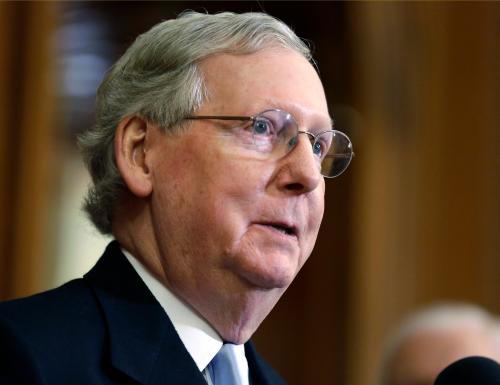
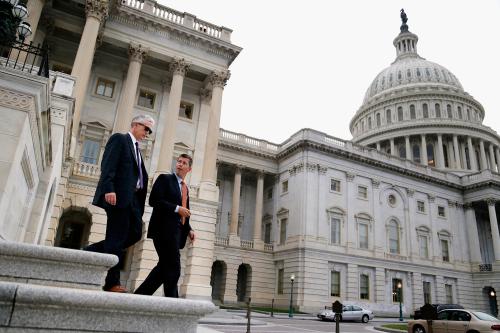

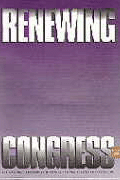
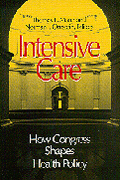
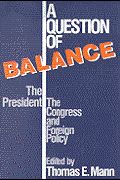





Commentary
Supply-side congressional reform?
July 25, 2018